May-2015
Timbaúba canoes
Playing with canoes made from timbaúba, or earpod tree, is an old tradition among the children and adults in Tatajuba. They are proud of carrying this habit for so many generations. It’s an act of collective resistance etched into a way of playing.
Once they told us about this toy, the questions began: “how long will you stay here?” “We’ll stay for about 40 days,” I answered. “Ah, so we’ll have time to make one for you to see.” “Really? It takes a long time to make?” I asked. “You bet it does, but 40 days is enough.” “How long does it take?” “Well, a few weeks,” was the response in unison from a group of four boys.
I wait to understand the rest of this during the actual process, since I’m not in the habit of listing off questions before the action begins. Children don’t like to explain, they do, show, present. You answer your own questions by watching and observing. At times, in the middle of the process, I’ll shoot off some questions, but more to give voice to curiosity and imagination than to understand the step-by-step building process. The answer to the question of how long it takes will come if I have the patience and persistence to listen and observe.
That being said, we scheduled the making of the toy to start as soon as possible, so we don’t run the risk of leaving without seeing one.
Where do these toys come from? From inside the ground, from the roots of the Timbaúba tree.
The kids create an archeological scene digging around for pieces of the root. A true archeology of play.
Watching how they pull them from the ground can be a bit morbid, as if they were exhuming bones. One of the boys even commented, “This is a corpse.” But another one replied, “No, that’s a dinosaur bone.” Dinosaur or corpse, both point to what has passed, lost its life, and is being revealed, reanimated, brought back to life by the hands of these boys. Breathtaking scenes.
The steps after this are to peel the wood and leave it to dry under the sun for days, weeks. They swear on their pinkies that its weight will be quite different, “super light, you’ll see.”
It takes a lot of care to dry the wood, it’s not just leaving it in the yard and letting time do its work. You must get it out of there if it rains, put it away at night so it doesn’t get wet. It’s an exercise in desire to have a canoe sailing on calm waters. You want one? Then you have to know how to care for one and, more importantly, wait, wait, and wait. It’s not good to wait too long, either, sometimes the wood will get “worms,” a larva that eats it from the inside and makes it useless.
The time of play is conducted by rhythms, not hours. The boys already know that setting a time for play can be a risk. There’s the risk of it not happening, of the right circumstances not materializing.
And it really does turn out super light, incredible! What once was a heavy stick now is as light as a cork. The sun sucked the water from inside the wood, leaving it light and dry.
Now comes the time to sculpt the wood. The knife can’t make a mistake after waiting for so many days, each cut has to be precise and accurate.
There was a palpable excitement to make the canoes. The boys sat down under a tamarind tree in one of their backyards, started carving, and it didn’t take long for them to conclude: “we still don’t know how to carve these canoes out of wood, we better call Cleverson, he knows just how to make them.”
One by one, they confessed that the Timbaúba canoes they have at home were made by their fathers, uncles or older friends. This age group, between 9 and 14, really knows how to make foam canoes, but they don’t quite have the skill to make the wooden ones. They want to learn, surrounding Cleverson with their eyes, learning the skills through silent and focused observation.
Making the masts and rudders is up to the kids, but carving with the precision necessary for good sailing is the job of another generation here in Tatajuba.
The wind and water don’t allow for mistakes, don’t forgive canoes with slight deformities, without symmetry or unbalanced. They call for the toys to be precise, exact. And making a toy that does not answer to its original demand is unacceptable during childhood. Better to admit that you don’t know how to make it, pass it on to someone who does, than to make a canoe that can’t sail right. Children don’t make toys just for the sake of making them, they want to see in them the truth behind the game.
Once they’re in the water, there is constant tweaking. A counterweight made of sand to balance the force of the wind. Small movements on the rudder to adjust the steering, tightening or loosening the tiny ropes on the sail to best catch the wind. They’re constantly looking to get the best performance out of the canoes.
In these 40 days, we learned many lessons about water, wind, dunes, and the nature of play in these environments. A geography of gestures and knowledge presented by our child masters, who committed to showing us the coast of Ceará by playing with all its nuances and possibilities. And how many possibilities!
Text and photos: Renata Meirelles
. 0



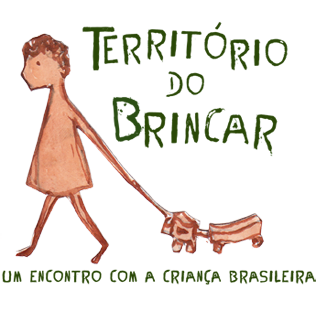
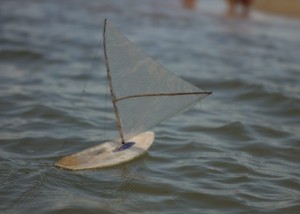
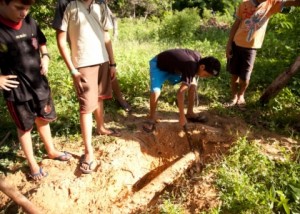
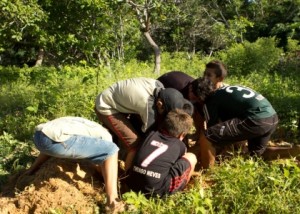
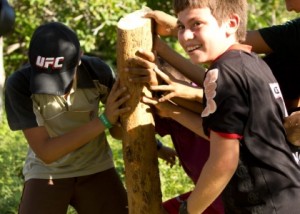
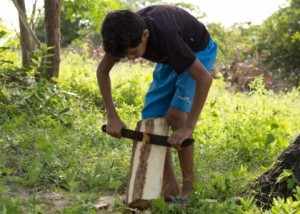
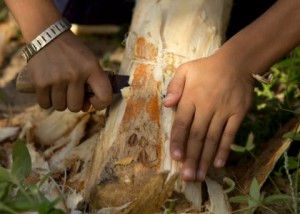
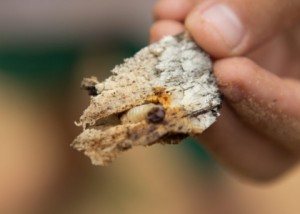
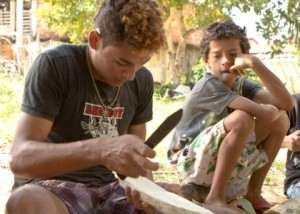
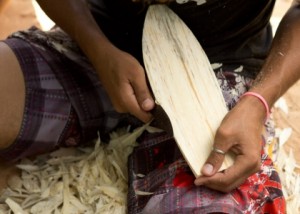
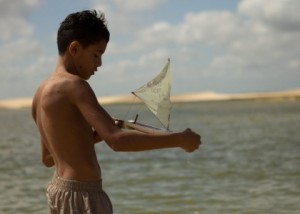
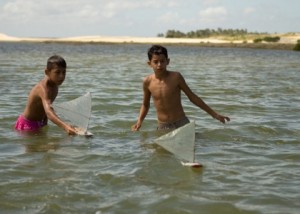
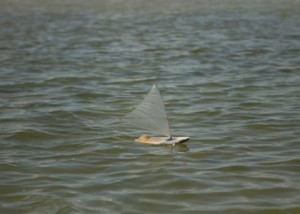


Leave a Reply